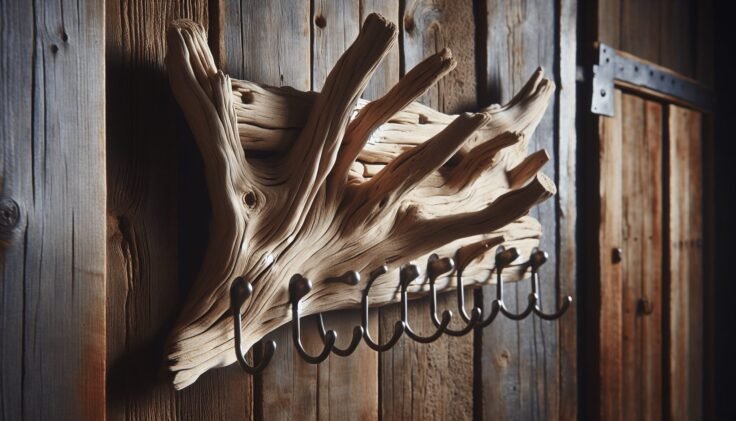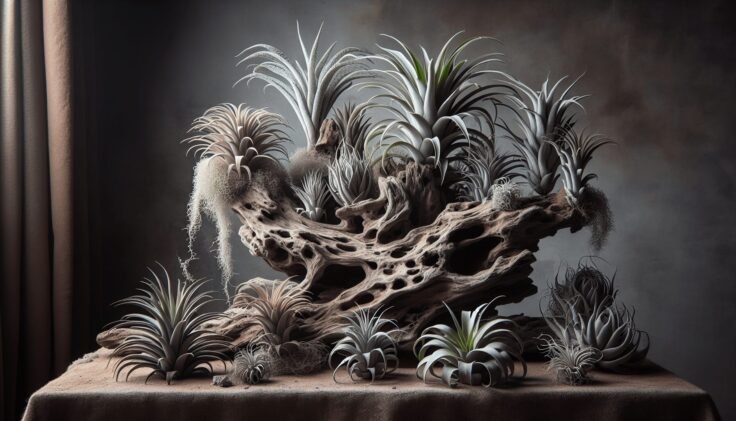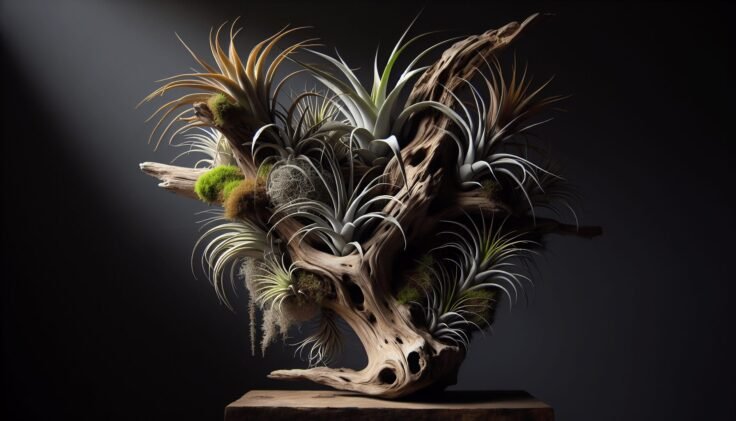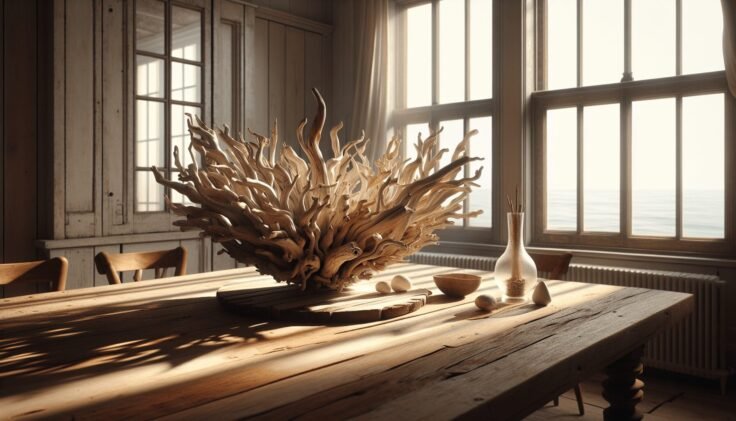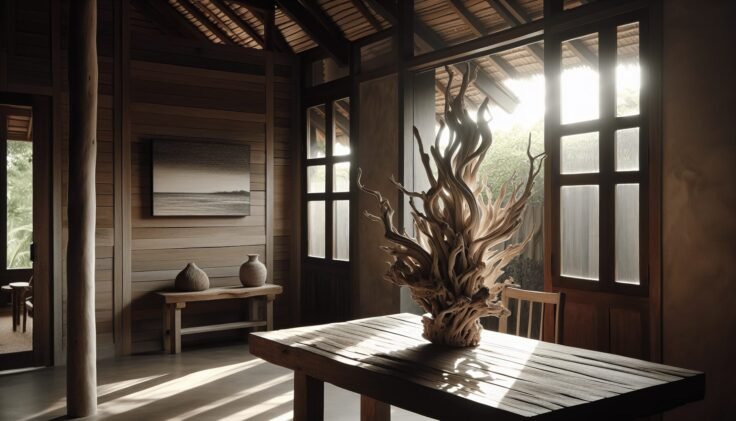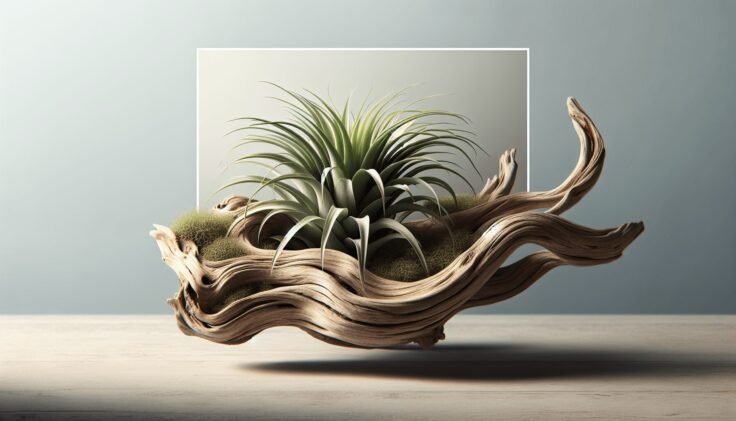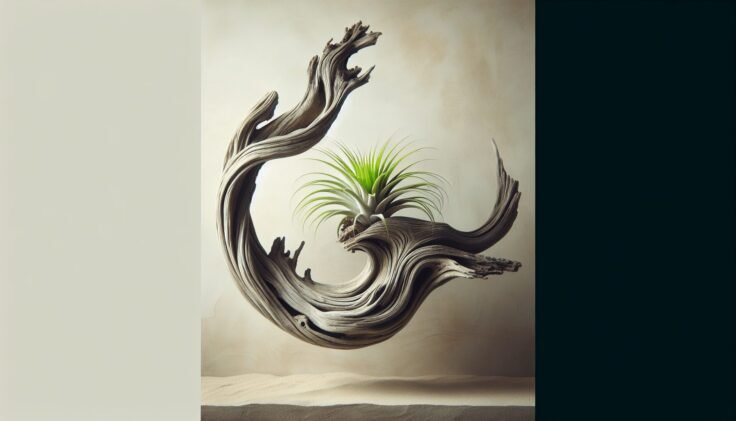Have you ever looked at a piece of driftwood and marveled at its natural beauty? Driftwood, with its weathered appearance and intricate shapes, carries with it an air of mystery and artistic potential. One fascinating use of driftwood is in creating a driftwood altar, an inspiring and meaningful structure that can be both spiritually significant and artistically beautiful. But what exactly goes into making a driftwood altar, and why might you choose to build one?
Understanding the Concept of a Driftwood Altar
A driftwood altar is more than just a collection of pieces of wood. It’s a carefully curated space that can serve a variety of purposes. Whether used as a spiritual focal point, a place for meditation, or an artistic statement in your home or garden, a driftwood altar speaks to the natural world and our connection to it.
The Spiritual Significance
Altars hold spiritual significance in many cultures and traditions, representing spaces for worship, meditation, or reflection. Integrating driftwood into an altar design adds a natural and organic element, grounding the space in the earthy and the genuine. You might find that the unique characteristics of each piece of driftwood— shaped by the forces of water and time—reflect themes of resilience and transformation.
Artistic Expression
Beyond their spiritual uses, driftwood altars can also be a form of artistic expression. When designing your altar, each piece of driftwood can be an opportunity to express creativity. Artists and craftspeople often find inspiration in the diverse textures, shades, and forms that driftwood offers, turning pieces into sculptures and installations that speak to personal stories or larger themes.
Gathering and Preparing Driftwood
Before you can create your altar, you’ll need to gather and prepare your driftwood. This process can be as enjoyable and fulfilling as the construction itself.
Finding the Right Driftwood
Start by visiting natural bodies of water like rivers, lakes, and oceans. Look for driftwood that appeals to your sense of aesthetics and fits the size and scope you envision for your altar. Remember that each piece of driftwood boasts its own natural elegance, formed by the elements, and your selection should resonate with your personal preferences or desired themes.
Legal and Environmental Considerations
It’s important to be aware of the environmental and legal implications of collecting driftwood. Some beaches and natural reserves have restrictions in place to protect the local ecosystem. Always make sure to verify the regulations in your area and gather only what is allowed and sustainable. This mindfulness ensures that you’re respecting the natural environment while also creating something that enhances personal or collective spaces.
Cleaning and Preparing the Wood
Once you’ve collected your driftwood, the next step is to clean and prepare it for your altar. Remove any dirt, sand, or debris with a brush or cloth. Depending on your preferred level of finish, you might choose to leave the wood in a rough state for a more natural look or sand it to smooth out any rough edges. If you plan to use your altar outdoors, treating the wood with a water-resistant finish can help preserve it from the elements.
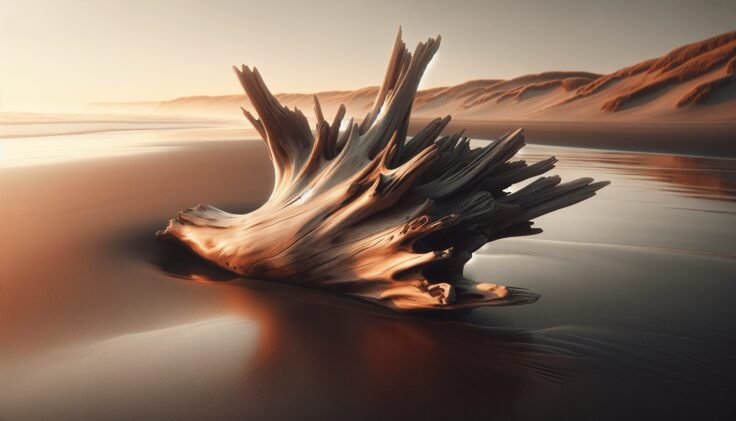
Designing Your Driftwood Altar
With your driftwood collected and prepared, the next step is designing your altar. This part of the process is highly personal and can cater to a wide array of aesthetic and spiritual needs.
The Foundation of Your Altar
The foundation of your altar is crucial and acts as the physical and visual base. You might choose a flat, stable surface such as a stone slab, a wooden table, or even a section of the ground that has been cleared and leveled for an outdoor altar. The material and look of the foundation should complement the natural aesthetic of the driftwood.
Creating the Structure
Building the structure involves arranging your chosen pieces of driftwood in a way that is meaningful to you. This could mean stacking pieces to create height, forming a frame around a central object, or weaving the wood pieces together to form a protective circle. You might also include other natural elements like stones, shells, or plants to complete the altar’s look.
Optional Additions and Decorations
Depending on your theme or the spiritual symbolism you’re aiming for, you can personalize your driftwood altar with various additions. These might include candles, crystals, or flowers. Consider how these elements interact with both the natural wood and the space you’re trying to create— whether it’s serene and contemplative or vibrant and energetic.
Making the Altar Functional
An altar is often a functional spiritual tool or point of focus, not just an artistic statement. To make sure your driftwood altar serves its intended purpose, prioritize function as well as form.
Rituals and Practices
Your driftwood altar can serve as a dedicated space for meditation, rituals, or prayer. Think about the practices you intend to perform at your altar. Are you looking for a place to meditate daily? Perhaps you would like your altar to be a focal point during specific ceremonies or celebrations. Defining its purpose can influence the design and elements included in your altar.
Preservation and Maintenance
Keep in mind that driftwood, like all natural materials, can change over time. Regularly check for any signs of wear or damage, and treat accordingly. If you have placed your altar outdoors, consider how weather and seasons will impact its appearance and durability. By thinking about preservation, you ensure that your driftwood altar remains a meaningful feature in your space for years to come.

The Meaning and Legacy of Your Driftwood Altar
Building a driftwood altar is a creative endeavor that grows over time. It’s something you might return to again and again to adjust or reimagine.
Personal Reflection
The altar is a deeply personal space. Over time, you may find that its meaning evolves with your changing thoughts, beliefs, and practices. Take the opportunity to reflect on the initial purpose of your altar and how it may serve new functions or represent new ideas as time passes.
Encouraging Community and Sharing
A driftwood altar can also be a point of connection with others. Sharing the altar with friends or family can invite a shared experience of its beauty and spiritual significance. Consider hosting gatherings or participating in collective ceremonies that highlight the communal themes of your altar while also encouraging the exchange of ideas and energy that it represents.
Conclusion
Designing and constructing a driftwood altar can be a deeply rewarding process, offering insights into personal creativity, connection with nature, and spiritual exploration. The beauty and versatility of driftwood allow for endless possibilities, and each altar becomes a unique reflection of its creator’s vision and symbolic journey. Dive deep into the process, fully embrace personal interpretation, and ultimately create a space that brings fulfillment, tranquility, and meaning to your life or community.

